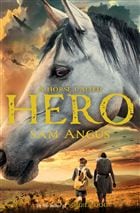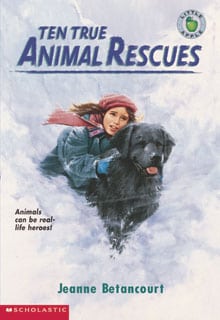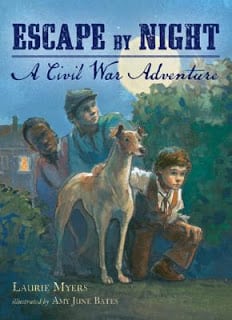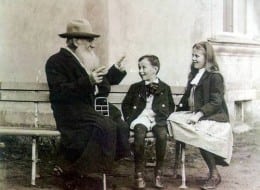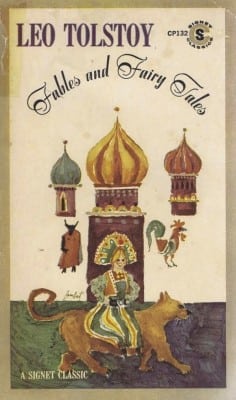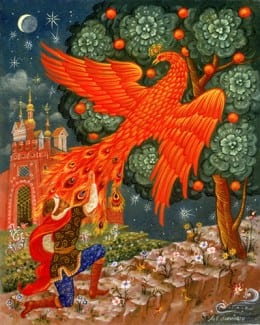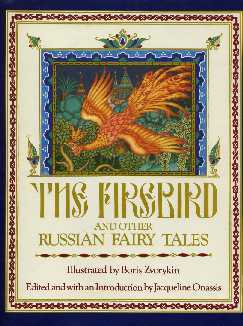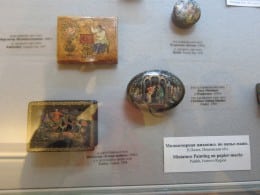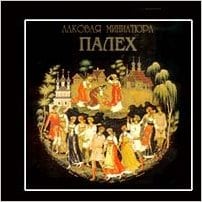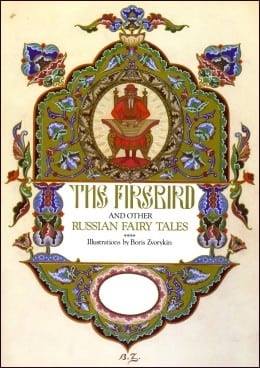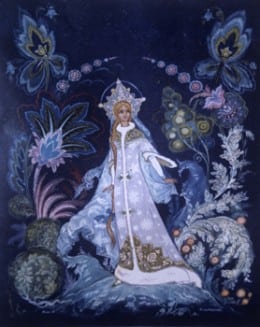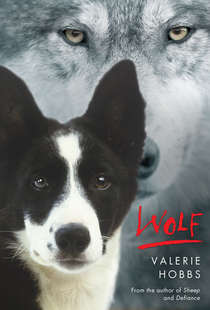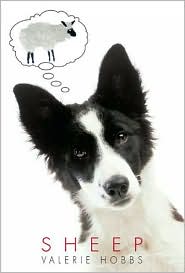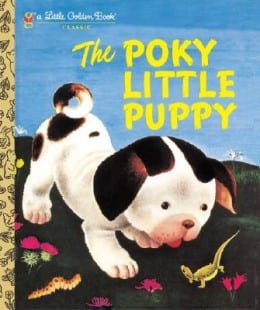 Today I welcome Sam Angus to World Reads, a blog that features interviews with authors who’ve written a story for kids or young adults set outside of the United States.
Today I welcome Sam Angus to World Reads, a blog that features interviews with authors who’ve written a story for kids or young adults set outside of the United States.
AOB: What is the title of your book? Pub date and publisher? Genre? Targeted age group? Illustrator?
Soldier Dog, Macmillan 2013
AOB: Who is your key dog character(s) and what kind of dog is he/she? Feel free to list as many different breeds or mixes as necessary. Tell us a little more about him/her.
There are two dogs, Soldier who is a mongrel, fast and quick-witted and a collie /greyhound cross. The other dog is Bones, a Great Dane, big and playful and very loyal.
 AOB: In 70 words or less, provide a succinct plot description of your story.
AOB: In 70 words or less, provide a succinct plot description of your story.
In May 1917, his brother fighting in France, his mother dead, the 13 year old Stanley is left alone with his Father and in trouble. He’s lost his father’s prized greyhound. Rocket is missing and in heat. When her mongrel puppies are born Stanley saves the runt, and names him Soldier for his brother Tom but his father, Dixon threatens to drown the pups. Stanley wakes to find the puppies and his father gone. Fearing the worst, he runs away and enlists and is recruited into the Messenger Dog Service where he is given a Great Dane named Bones. Stanley manages to train this unlikely messenger dog and eventually Bones and he are sent to France, where he realizes, finally, the brutality of war, and of course, the difficulty of finding Tom. Bones is killed in the course of action and the devastated Stanley longs to reveal his age and return home but he is given a dog named Pistol, and commanded to stay. Pistol is a traumatized, shivering wreck but the two are drawn to each other …
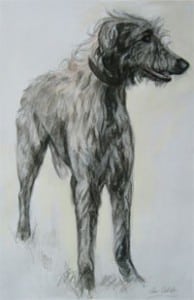 AOB: What inspired you to write this story?
AOB: What inspired you to write this story?
One day, when not intending to write a book at all, I was stuck in a traffic jam on Park Lane in London, when I heard the story of the life of Airedale Jack, a British messenger dog. Jack’s story sent a shiver down my spine, even in the blistering heat of a July day in London and I knew then that I would write a story about the messenger dogs.
Other links to reviews or blurbs you wish to share:
Soldier Dog is a truly amazing book, and one of which the like is hard to find. I haven’t read a book like this in a long time – it made me laugh and smile, and feel as if I was there with the characters – feeling what they were feeling, seeing what they were seeing. And best of all – it had me sobbing for about the last four chapters. Soldier Dog should be on everybody’s list of must reads.
AOB: What was the biggest challenge you had writing your story? How did you overcome it?
Hiding from my children. Writing in the car on a mobile telephone.
AOB: What other YA/MG books have you written? Do any of them feature a key dog character? If so, which ones?
I have written a second novel, Hero, about a horse, no other books so far about a dog.
AOB: What kind of story can we expect next from you? Is it about a dog? If so, what is it about?
I am writing now about a donkey and a camel. My next book will again be about a dog ….
AOB: Can you remember the first book that made an impact on you? And why?
The Dolphin Crossing, by Jill Paton-Walsh. For its youthful enthusiasm, bravery and heroism.
 AOB: What advice would you give to aspiring writers?
AOB: What advice would you give to aspiring writers?
Just write. Read and write, then read and write some more.
AOB: Where can readers go to find out more information about you and/or your books?
Thank you Sam Angus for joining us on World Reads! I look forward to reading your book!!

